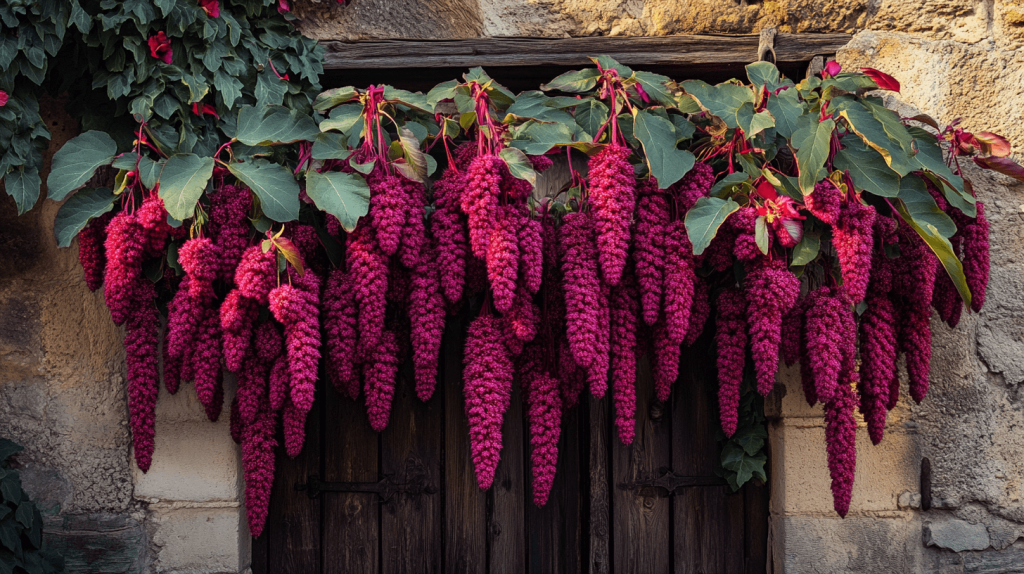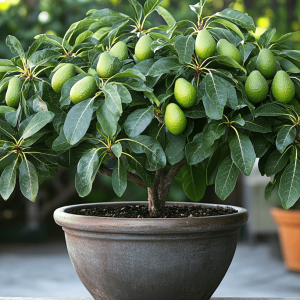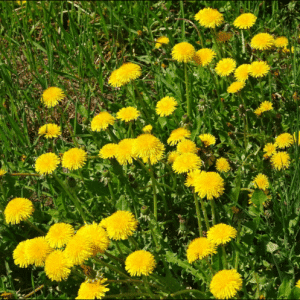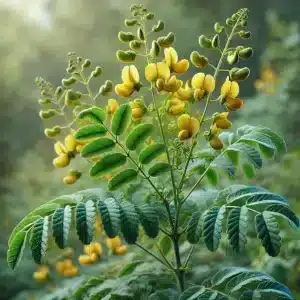

Amaranth, often referred to as the “forgotten grain,” is experiencing a resurgence in popularity among gardeners worldwide. This versatile and visually striking plant is not only a nutritional powerhouse but also a beautiful addition to any garden. Whether you’re an experienced gardener or just starting, amaranth is a rewarding plant to grow. Here’s a detailed guide on how to cultivate this remarkable plant in your home garden.

Understanding Amaranth
Amaranth (Amaranthus spp.) is a fast-growing annual that can reach impressive heights of 2 to 8 feet. Its broad leaves come in various shades of green, red, and purple, adding a splash of color and texture to your garden. Native to the Americas, amaranth was a staple crop for ancient civilizations such as the Aztecs and Incas, prized for its nutritious seeds and leaves.
Nutritional Benefits
Amaranth is highly valued for its nutritional content. It is rich in vitamins A, C, and E, making it an excellent choice for vegetarians and vegans. The seeds are a great source of protein, fiber, and essential minerals such as iron, magnesium, and calcium. Additionally, amaranth is gluten-free, making it suitable for those with gluten sensitivities.
How to Grow Amaranth at Home
1. Choosing the Right Variety
There are several varieties of amaranth, each with unique characteristics. Some popular types include:
- Amaranthus cruentus: Known for its striking red flowers and high seed yield.
- Amaranthus tricolor: Often grown for its vibrant, tri-colored leaves.
- Amaranthus caudatus: Recognizable by its drooping, tassel-like flower heads.
Choose a variety that suits your climate and aesthetic preferences.
2. Planting Amaranth
Site Selection: Amaranth thrives in full sun, so choose a location in your garden that receives at least 6 to 8 hours of sunlight per day. The soil should be well-drained and moderately fertile.
Soil Preparation: Prepare the soil by loosening it to a depth of 12 to 15 inches. Add compost or well-rotted manure to enhance soil fertility. Amaranth prefers a slightly acidic to neutral pH (6.0 to 7.5).
Sowing Seeds: Sow amaranth seeds directly in the garden after the last frost date. Plant the seeds about 1/4 inch deep and 1 to 2 inches apart. Thin the seedlings to 12 to 18 inches apart once they reach a height of 4 to 6 inches.
3. Caring for Amaranth
Watering: Keep the soil consistently moist but not waterlogged. Amaranth is relatively drought-tolerant once established but performs best with regular watering.

Fertilizing: Amaranth doesn’t require heavy feeding. Apply a balanced, all-purpose fertilizer at planting time. Side-dress with compost or a nitrogen-rich fertilizer midway through the growing season if needed.
Weeding and Mulching: Weed regularly to prevent competition for nutrients and water. Apply a layer of mulch around the plants to retain soil moisture and suppress weeds.
4. Harvesting Amaranth
Leaves: Harvest the young leaves as needed for salads and cooking. They are most tender and flavorful before the plant flowers.
Seeds: Amaranth seeds are ready to harvest when the flower heads turn brown and dry. Cut the seed heads and allow them to dry completely in a well-ventilated area. Thresh the seeds by rubbing the heads between your hands and winnow to remove chaff.
5. Pests and Diseases
Amaranth is relatively pest and disease-resistant. However, keep an eye out for common garden pests such as aphids and caterpillars. Use organic pest control methods if necessary.
Bonus Tip: Companion Planting
Consider planting amaranth alongside companion plants such as beans, corn, or marigolds. Beans can help fix nitrogen in the soil, benefiting the amaranth. Corn provides a natural trellis for climbing amaranth varieties, while marigolds can deter pests.

Conclusion
Growing amaranth in your home garden is a fulfilling endeavor that offers both aesthetic beauty and nutritional benefits. With minimal care and attention, you can enjoy this versatile plant’s vibrant leaves and nutritious seeds. Embrace the comeback of this “forgotten grain” and add a touch of history and health to your garden today.







Woah! I’m really digging the template/theme of
this site. It’s simple, yet effective. A lot of times
it’s challenging to get that “perfect balance” between user friendliness and
visual appeal. I must say that you’ve done a great job with this.
Additionally, the blog loads very quick for me on Safari. Outstanding Blog!